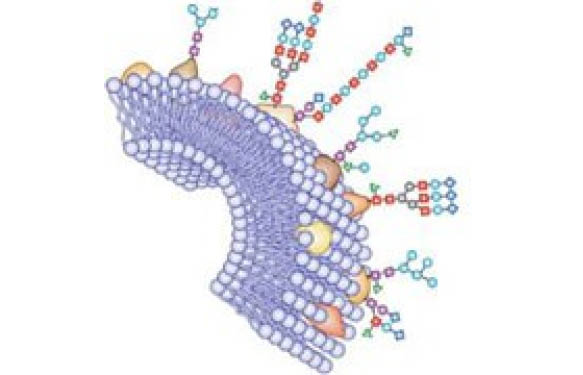Hyaluronic Acid (HA) is important in many biological processes such as wound repair, tissue hydration and inflammation. HA is also a potential biomarker for diseases such as osteoarthritis, liver cirrhosis and bladder cancer. So its importance as a prognostic / diagnostic / predictive biomarker is still to be elucidated… but it might be present even when you don’t expect it!
Hyaluronan (HA) is a linear polysaccharide comprised of a repeating disaccharide of N-acetylglucosamine and D-glucuronic acid. The major function of HA is to provide structural support of tissue as part of the extracellular matrix (ECM). Thus, HA is widely presented in connective tissue in higher animals. The size of HA varies from 100 kD to 10,000 kD and is responsible for different functions.
In humans, free HA enters circulation through the lymph node, where 80% is degraded and recycled by the liver and the remaining 20% is metabolized in the kidneys and excreted through urine. Multiple studies have shown that high serum HA levels correlate with liver disease.
Several HA assays are available to fit each application, depending on HA size and concentration in cell culture supernatant, or human/animal biological fluids.
Interested in seeing if HA is a biomarker in your animal model or in your cohort? Leave your comments below!




